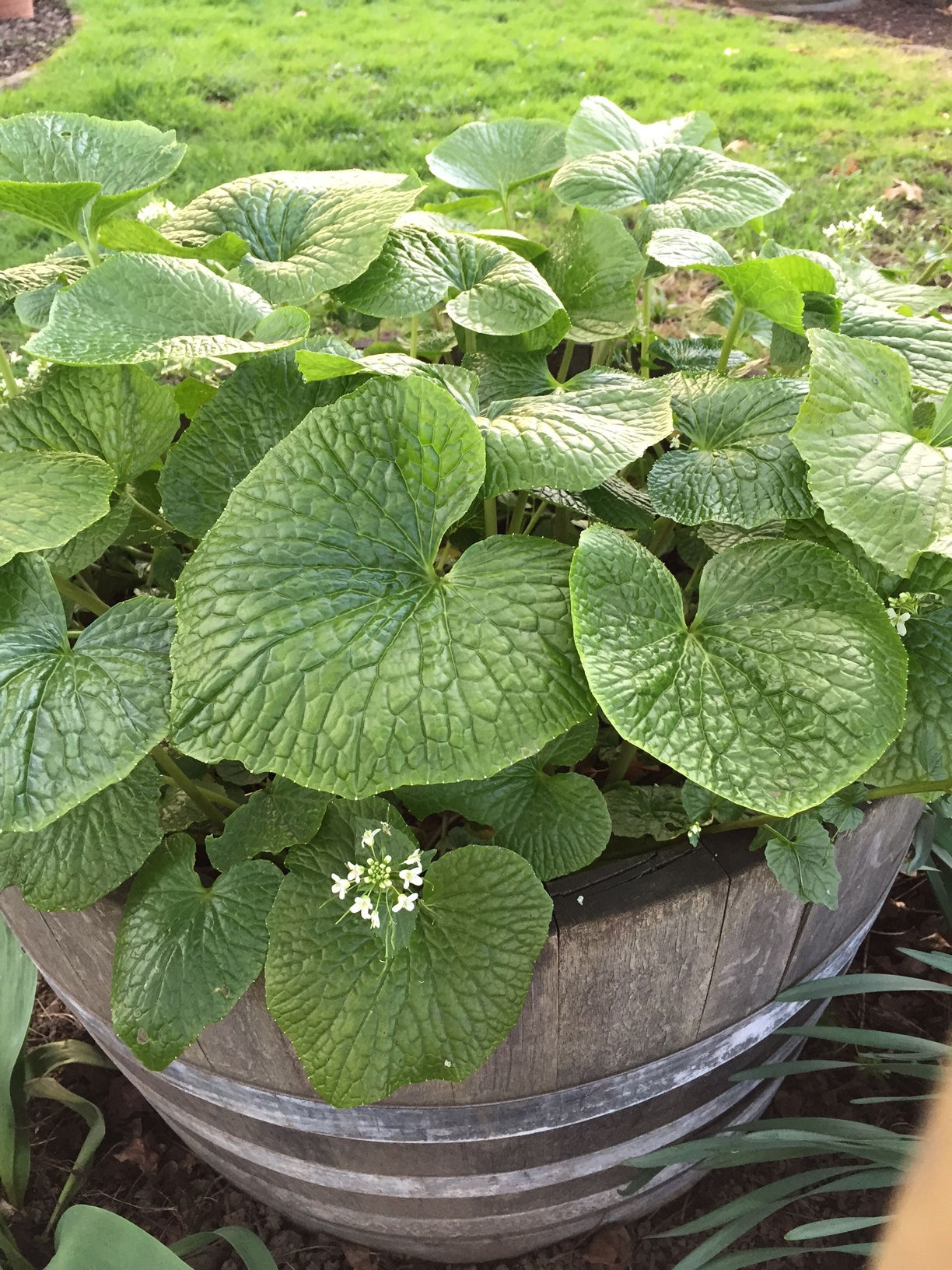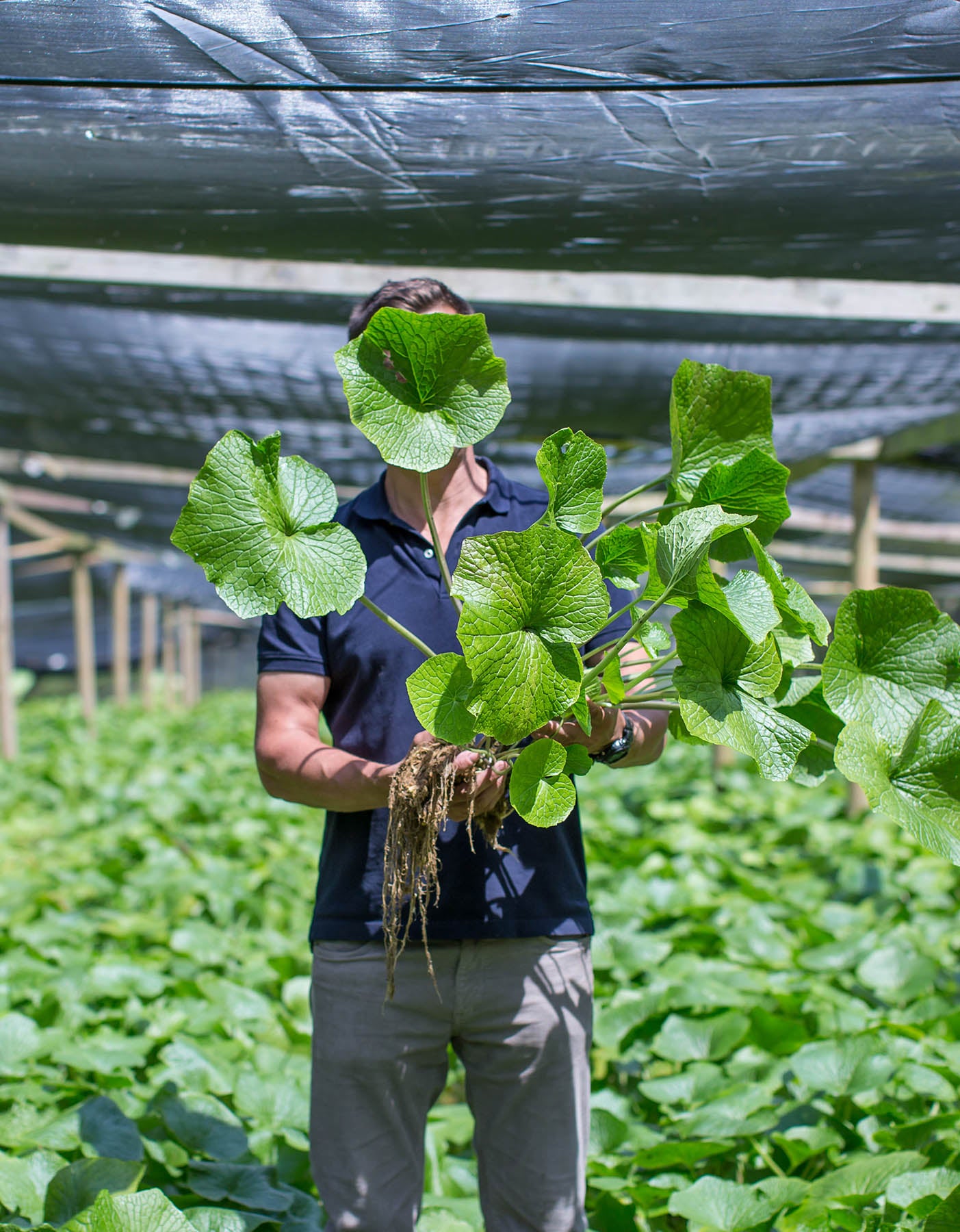The Wasabi Plant: A Culinary and Cultural Icon
Wasabi, a pungent green root with a flavor that is both fiery and refreshing, has captivated palates worldwide. More than just a condiment, wasabi holds a significant place in Japanese cuisine and culture. This article delves into the fascinating world of the wasabi plant, exploring its cultivation, unique characteristics, and cultural significance.
Botanical Background
Wasabi (Wasabia japonica) is a perennial flowering plant native to the mountainous regions of Japan. It thrives in cool, fast-flowing streams with clean, oxygenated water. This unique habitat makes wasabi cultivation challenging and contributes to its high price.
Botanically, wasabi belongs to the Brassicaceae family, which also includes familiar plants like mustard, broccoli, and cabbage. Despite its visual resemblance to horseradish, wasabi possesses distinct characteristics.
Cultivation Challenges

Cultivating wasabi is a meticulous and time-consuming process. Here are some of the key challenges:
Water Quality: Wasabi is extremely sensitive to water quality. The water must be clean, cold, and well-oxygenated. Any pollutants or changes in water temperature can significantly impact the plant’s growth and flavor.
Unique Characteristics
Wasabi is renowned for its distinctive flavor profile, which is characterized by a pungent heat that quickly dissipates, leaving a refreshing coolness on the palate. This unique flavor is attributed to a compound called allyl isothiocyanate, which is also found in horseradish and mustard. However, wasabi contains a different isomer of allyl isothiocyanate, resulting in a more complex and nuanced flavor.
Unlike horseradish, which can cause significant nasal congestion, wasabi produces a gentler heat that clears the sinuses without overwhelming the palate. This makes it a popular condiment for enhancing the flavors of various dishes without overpowering them.
Culinary Uses

In Japanese cuisine, wasabi is an indispensable condiment. It is most commonly served alongside sushi and sashimi, where it complements the delicate flavors of the raw fish. A small amount of wasabi is typically placed on the fish before it is dipped in soy sauce.
Wasabi is also used in various other dishes, such as tempura, soba noodles, and Japanese-style pasta. It can be grated fresh, mixed with soy sauce to create a dipping sauce, or used as an ingredient in various sauces and dressings.
Beyond the Plate: Cultural Significance
Wasabi holds a significant place in Japanese culture, extending beyond its culinary uses.
Symbol of Purity and Authenticity: Due to the challenging cultivation process and its association with pristine natural environments, wasabi has come to symbolize purity and authenticity.
Types of Wasabi
While true wasabi (Wasabia japonica) is highly prized, several substitutes are available in the market:
Horseradish Wasabi: This is the most common substitute, made from a mixture of horseradish, mustard, and green food coloring. While it offers a pungent heat, it lacks the nuanced flavor and complexity of true wasabi.
The Future of Wasabi
As the demand for authentic wasabi continues to grow, efforts are being made to improve cultivation techniques and increase production. Sustainable farming practices are being implemented to protect the delicate ecosystems where wasabi thrives.
Furthermore, research is ongoing to develop new varieties of wasabi that are more resistant to diseases and pests, making cultivation more efficient and sustainable.
Conclusion
Wasabi is a remarkable plant with a unique flavor profile and a rich cultural heritage. Its cultivation challenges and distinctive characteristics contribute to its high value and appreciation. As a culinary ingredient and a cultural icon, wasabi continues to captivate palates and inspire culinary creativity worldwide.